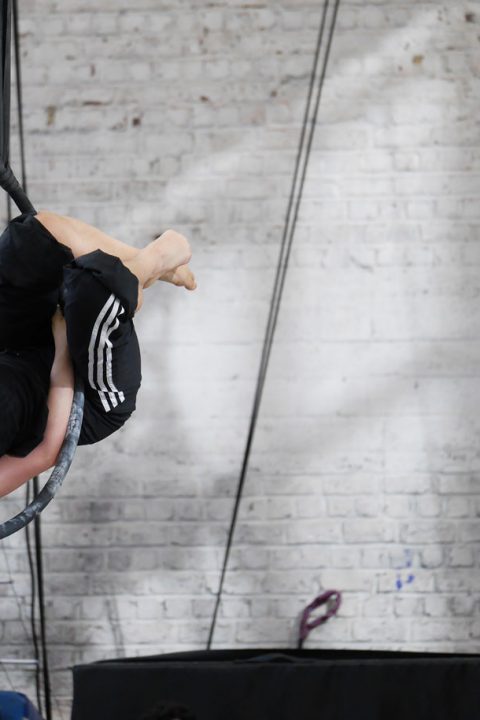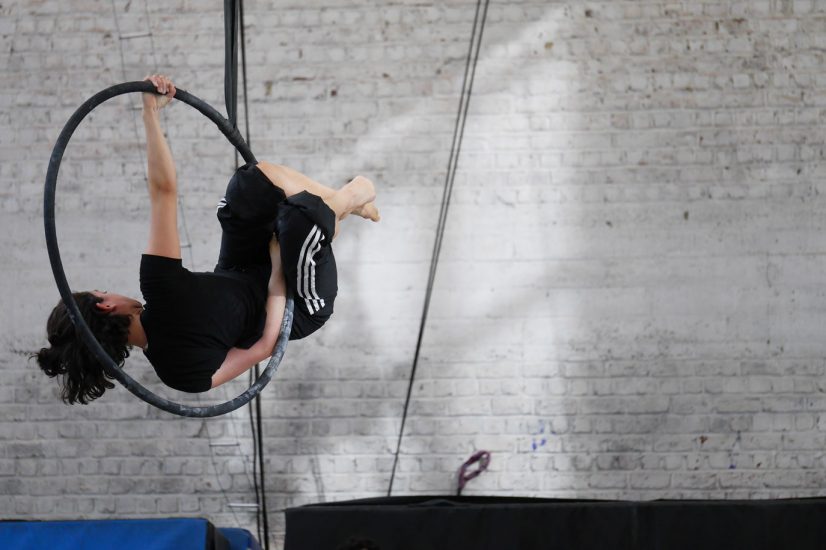The three-year course of study leads to a bachelor’s degree (180 ECTS-Bologna credits) in performing arts and broadcasting and communication techniques – Circus Arts option.
Studying here is a full-time commitment, and students are not able to engage in other activities alongside their studies. The courses offered complement each other, and ÉSAC’s educational and artistic programme offers a comprehensive spectrum of all the elements that are required to work as a circus artist. In addition to the main circus art specialty, which is a prerequisite for admission, there are creative workshops, independent projects, dance, acting and music classes, dynamic and static acrobatics, as well as theory classes.
ÉSAC became a qualified degree programme in Belgium as a response to the need to promote artistic higher education options specifically for circus skills, on a par with visual arts, music, theatre, and film, which were already being taught in other arts schools (Écoles supérieures des Arts, ÉSA) in the Wallonia-Brussels Federation.
In 2015 COCOF (the French-Speaking Community Commission) once again offered its extraordinary support by giving ÉSAC a brand new building exclusively dedicated to the circus arts.
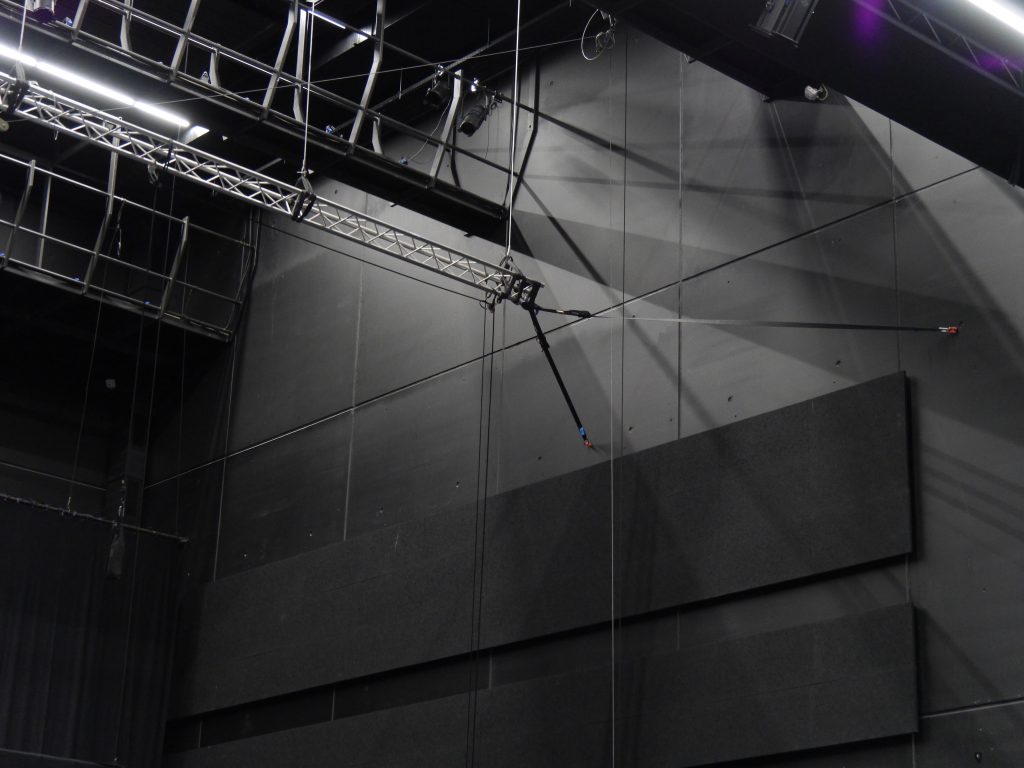
Spécificités
An artistic education delivered in a higher education establishment needs to offer a multidisciplinary space for research and creativity where the arts and how they are taught are inextricably linked.
The arts that flourish there are not only seen as social productions but also as social agents that contribute to the understanding, evolution and transformation of society.
Drawing on lessons learned from traditional and contemporary art, from thought and science, the process of teaching art is about looking forward, opening your mind to the future, to the unprecedented.
The general philosophy and specific nature of the approach to teaching the arts in the French-Speaking Community are explained in article 3 of the decree of 17 May 1999. Since January 2014, like all higher education establishments dedicated to the arts (ÉSA), ÉSAC has been governed by the Décret Paysage (decree defining the landscape of higher education and the academic organisation of studies). The specific features of artistic education are now protected:
- Specific funding offers a high level of flexibility in terms of initiative and inventiveness by providing opportunities to develop educational methods based on processes that combine research and creativity.
- The admission test guarantees personalised education based on a commitment to excellence.
- The approach to learning is developed via projects, while the basics are taught as part of a repeated programme of classes.
- Each ÉSA establishes its own unique teaching and artistic programme, and the final-year work is approved by panels of renowned artists and professionals from outside the teaching and artistic team.
- The status of artist-teachers means that they can combine the two equally important aspects of their profession and guarantees the dominant place of artistic practice in the degree by recognising valuable experience and reputation.
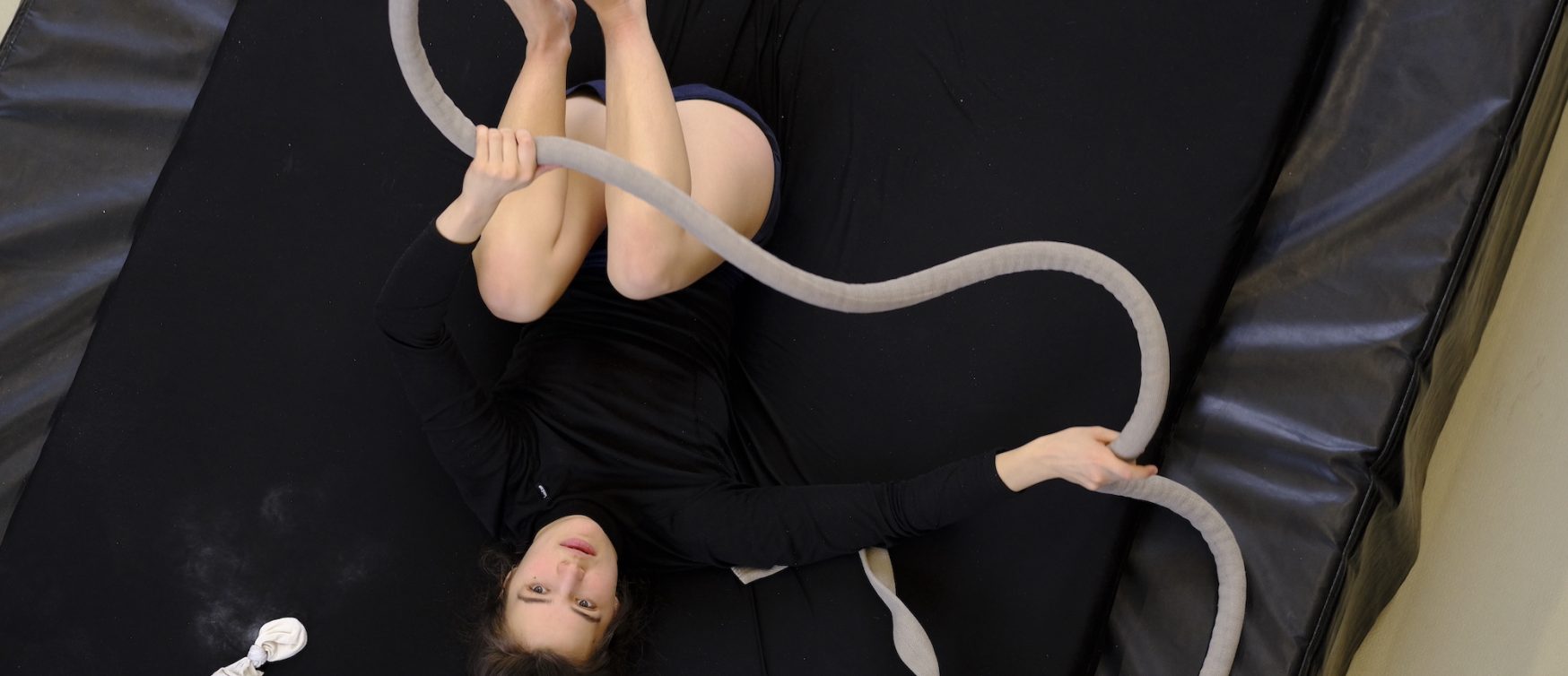
Concertations et décisions
The way ÉSAs are organised is defined by a decree. ÉSAs have a great deal of freedom when it comes to organising their courses and honing their specific features. The organisational chart is based on two main bodies: the Organising Authority, which has the power to make decisions and whose director is the representative, and the Educational Management Committee, which offers its opinions. The Copaloc (local joint committee) deliberates over the general working conditions, prevents or resolves disputes, establishes rules in addition to statutory provisions, and offers advice about everything to do with organising, upholding and promoting officially subsidised arts colleges.
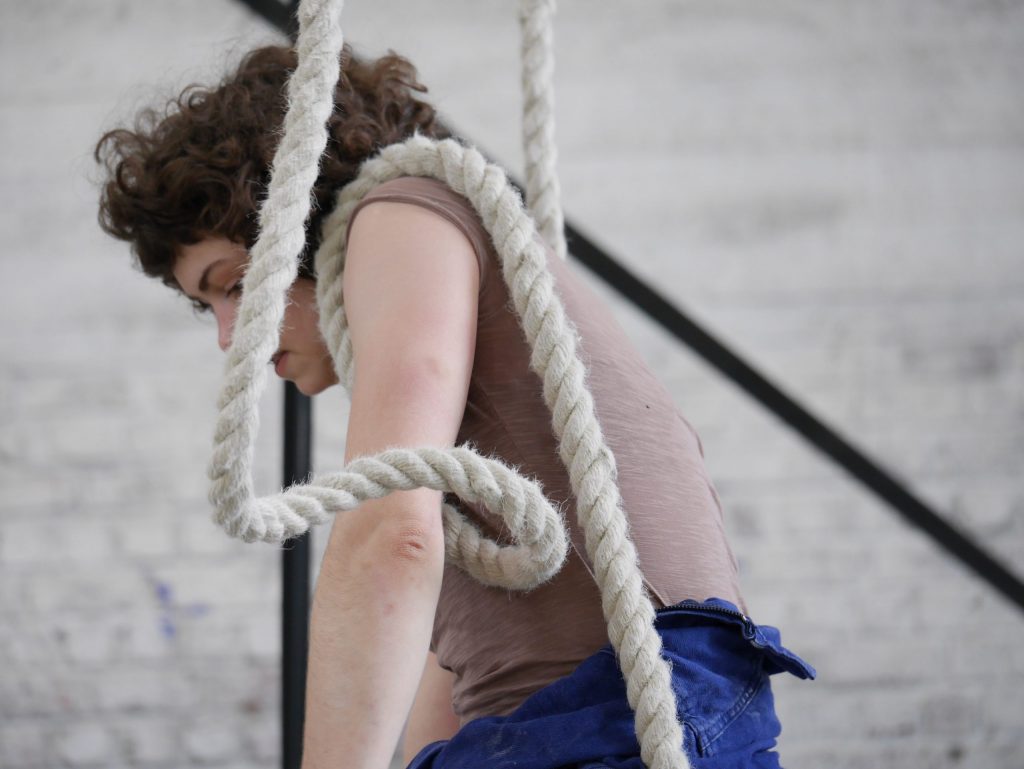
The organising authority
enjoys a great deal of autonomy when it comes to how it runs the ÉSA. It does everything required to promote and facilitate the education provided, as well as recruiting and assigning roles to staff members. It manages the finances, submits proposals to the government regarding grouping departments or establishments and formalises relationships between different establishments.
The educational management council
is the consultation body that formulates opinions and delivers them to the organising authority. The council is made up of representatives from the teaching team, students, unions, non-teaching staff and the management team, which chairs the council. Among other things, the council establishes the methods used to fulfil the school’s roles, draws up and reviews its educational and artistic plans as well as its student rulebook.
There are then three other councils that provide a space for consultation about practical issues: the Options Council, which brings together all the professors and lecturers, the Student Council, which brings together all the students, and the Social Council, which responds to requests for specific support for students or their activities.
These last three councils submit their views to the Educational Management Council which looks into them, and then passes them on to the Organising Authority. Once decisions are made, the information is passed on down.
Processus qualité
As for al higher education institutions, the French-speaking Community allocates a part-time member of staff to act as quality coordinator. They are responsible for various tasks related to quality. The AEQES agency organises a quality review of the Bachelor’s and Master’s degrees offered by institutions accredited by the French-speaking Community. It draws up a review timetable on a ten-year basis, grouping courses together appropriately to encourage clarity about the student profiles and learning objectives in keeping with the roles of the institutions, share best practices and encourage synergies between different establishments.


